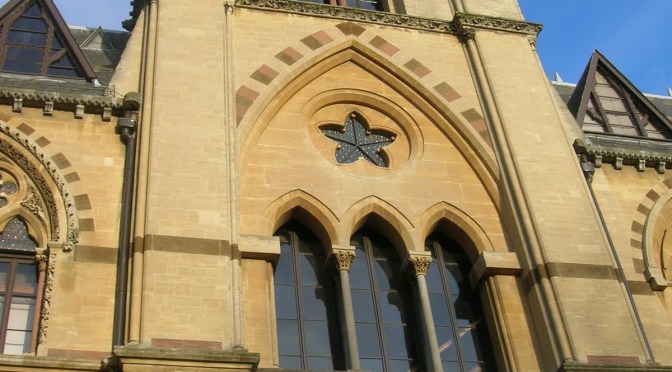Who’s Who. When looking at British universities, especially from overseas, it’s tempting just to Google “best history programme UK” and pull up a list of rankings like this one. This can certainly be a helpful place to start, but keep in mind that, depending on what metrics are being used in the calculations, the rankings can change fairly dramatically from year to year. For history programmes in the UK, there is also a substantial difference between the global ranking lists and the national ones, possibly because global lists are more concerned with factors like research prizes and publications, favouring the larger universities, whereas the national rankings focus more on teaching quality and student experience.
A few of the factors you’ll want to keep in mind in your search:
- Faculty & Specializations: Although you might not have your dissertation topic nailed down quite yet, it’s helpful to think about your general research interests ahead of time, and to make sure that the programmes you’re looking at have faculty members interested in the same field. While most larger departments will have a fairly broad mix of periods and interests, many will have particular research strengths.
- Size & Facilities: How large is the department? How many faculty members doing research in your field or period? What are the library and manuscript resources? Does the university have a center for research in the period?
- Location & History: This last point will matter a good deal to some people and much less to others. Do you want to be near key historical sites? In a medieval town? In London? Definitely not in London? Ancient university or Plate Glass?
What’s in a name? Applying to master’s programmes in the UK from overseas can be a little confusing. For starters, there is very little standardization in terms of degree titles. A taught master’s course (on which more below) in history could be called a Master of Arts (MA) at one university, a Master of Literature (MLitt) at another, a Master of Studies (MSt), or even a Master of Science (MSc)! The variation is partly due to the differences between English and Scottish degree systems, but a lot of it comes down to whatever the individual university has decided to title its degree.
More significant is the choice between a taught master’s or a research master’s program. Compared to a taught master’s, the latter is less focused on courses/modules and more on your individual research, culminating in a longer dissertation than required by a taught master’s. Because of this, research master’s generally take around two years to complete.
Taught Programme Schedules. Most taught master’s programmes are just short of a calendar year, beginning in September/October and ending in August. They consist of taught courses during the regular terms followed by a summer in which to finish your dissertation (generally about 10-15,000 words). The course schedules vary quite a bit, but generally include some sort of core module, one or more “optional” modules (i.e. electives), and skills modules (Latin, other medieval languages, paleography, etc.)
Read More: Part II: The Application Process
Disclaimer: The above is based almost entirely upon my experience applying to taught master’s programmes in medieval history and should therefore be taken with liberal grains of salt. The best place to find information on individual master’s programmes is on the respective university websites.
